The collection of muscles present in the frontal part of the hip which help in forward motion when you start walking or running is called hip flexor. The hip flexor comes under heavy stress whenever a person moves his leg to kick or to start a sprint. Hip flexor strain (tearing of either one or more than one of the hip flexor muscles) is often a result of such activities. Hip flexor strain causes strong pain in the groin or the frontal region of the hip.
Hip flexor strain varies from a partial muscle tear which would result in less pain and little to no difficult in walking to total rupture of the muscle which would result in extreme pain and loss of significant function.
Causes and Symptoms of Hip Flexor Strain
Causes
The main cause of the hip flexor strain is usually an abrupt contraction of the muscles, especially when the muscles are stretched to begin with. The strain is often the result of a strong sprint that involves great acceleration or a long kick, especially if the body wasn’t properly warmed up before the activity.
It is also possible that the muscles don’t tear right away but gradually start tearing up due to continued stress on them. The strain is certainly seen most commonly in sports like soccer and football as both sports involve a lot of running and kicking.
Symptoms
Nagging pain in the frontal region of the hip
Sudden development of pain
The pain worsens when you try to move your thigh in a vertical direction
Even the slightest stretch causes hip flexor pain
Bruising along with inflammation (this only happens in severe cases)
Tenderness felt at the frontal portion of the hip. If you are able to feel tenderness right away, then it may actually be a Rectus Femoris issue rather than a hip flexor issue.
Home Remedies for Hip Flexor Strain
Ice
After every three to four hours, pick up the ice pack or a gel pack or even a wrapped cloth piece containing a couple of frozen vegetables and put it on the region where you feel the pain for a sustained period of 20 minutes.
Try ice massaging on the sore region. For this, first pick up a Styrofoam cup and freeze water in it. Remove the cup’s top so that the ice gets exposed. Then rub the ice over the region where you feel the most pain for a few minutes.
Heat
Heat can also be a good solution as it can relax the muscles. The best time to apply some heat over the painful region is around fifteen to twenty minutes before you start your small stretching exercises. To apply moist heat, you will have to buy a heating pad or a heat patch or simply use a cloth which has been heated slightly in the dryer.
Pain-Reliever
If hip flexor strain causes a lot of pain, then you can take pain relieving medicines like ibuprofen or acetaminophen. NSAIDs like naproxen or ibuprofen have some side-effects, so it’s recommended to not use NSAIDs for more than a week or two without asking your health physician.
Hip Flexor Strain Exercises
Hip Flexor Stretch
Get in a kneeling position and then take your one leg slightly forward. Straighten your back and slightly move your hips in forward direction until your frontal hip region starts feeling stretched. Stay in this position for around half a minute and repeat the exercise three times with your right leg and 3 times with your left leg.
Quadriceps Stretch
Get yourself in a position where you are at a distance of one arm length from the wall. Keep the painful hip side farther away from the wall. Put your hand on the wall and use your other hand to move your ankle close to your buttock. During the exercise, don’t arch at all and keep both of your knees close together.
Heel Slide
Put yourself in a sitting position with your legs positioned to your front. Take the heel of the side where the injury lies and move it towards your buttock and at the same time take your knee close to your chest. Then, stand back up again. Repeat the exercise 15 times twice a day.
Straight Leg Raise
Lie down with your face facing the roof of the room. First, move the knee of your injured side into a position where your foot can lie flatly on the room floor. Then, put pressure on your thigh of the injured side so that it tightens and then try to lift the leg up to around 8 inches off the ground. Repeat the exercise 15 times twice a day.
Resisted Hip Flexion
First, take elastic tubing and tie one end of it with the ankle of the side where the injury lies and tie the other end to the door close to the ground. Put pressure on the thigh and try to move the foot forward while not allowing your knee to bend. Repeat the exercise 15 times twice a day.
Hip Flexion
Stand next to a chair or something you can hold on to keep balance, bend your knee and then move it towards the chest as far as you can without causing any pain. Do 10-15 sets every time.
Hip Extension While Lying
Lie down close to the edge of the bed with your injured side close to the edge. Move the knee of the uninjured side close to the chest while allowing the injured side to slightly drop from the bed. Hold the position for around 5 seconds and repeat the exercise 10 times daily.
- Before you start to take part in any stressful activity, stretching your hip and warming up the muscles is as important as exercising other parts of the body. Your stretching and warm up routine should have a lot of hip flexion, rotation and movement of your legs.
- If you want to stay away from hip flexor pain, you should never stay seated for too long and should start to stretch or just walk around after staying in a sitting position for a lengthy period of time.



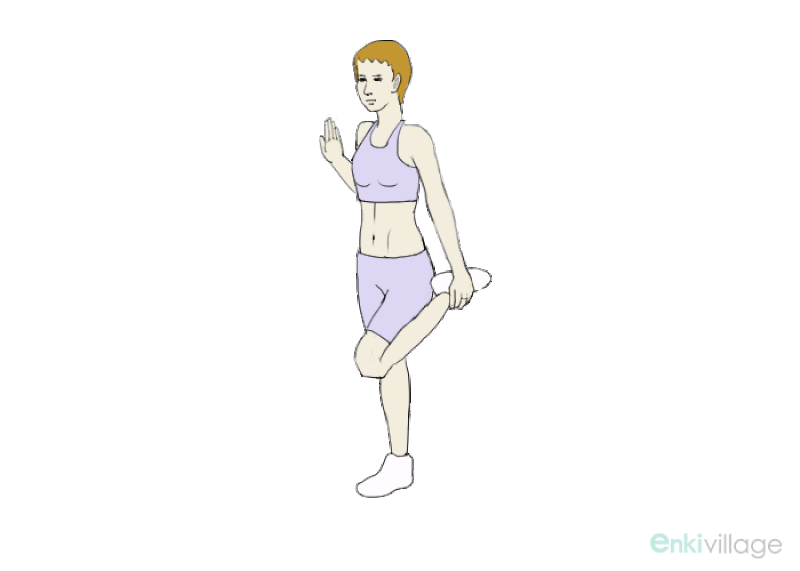
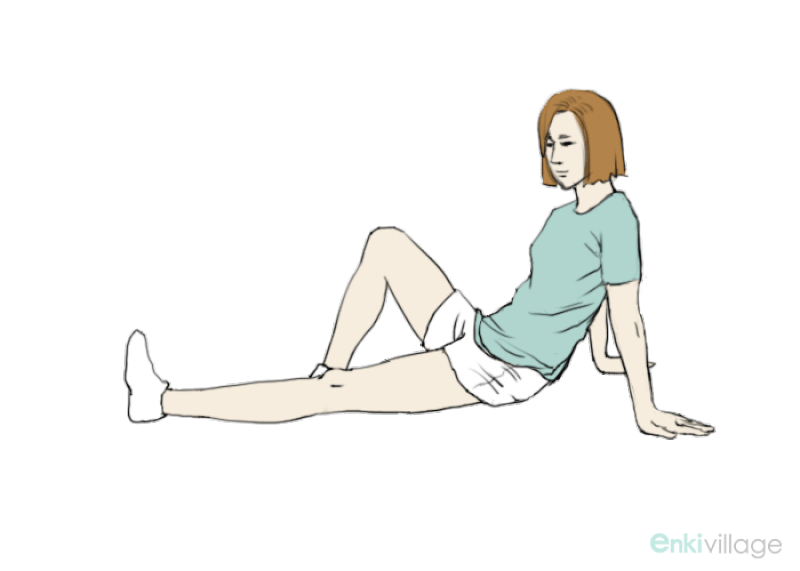
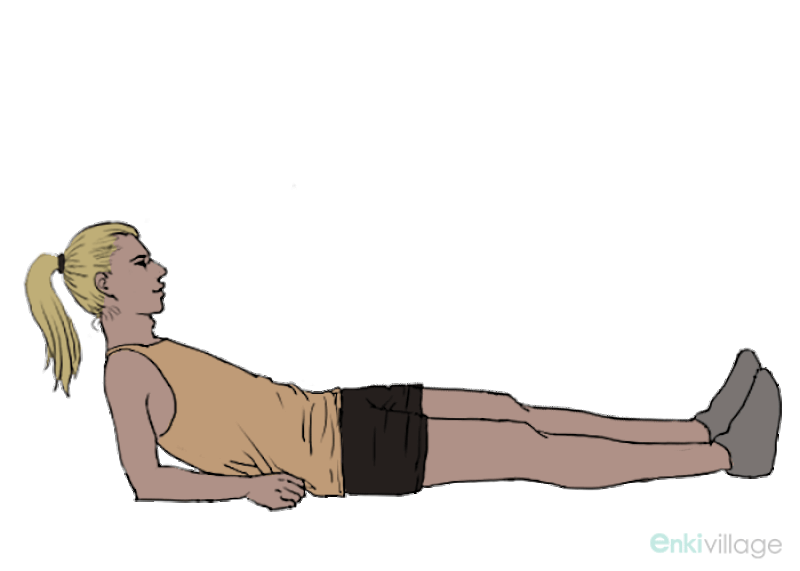
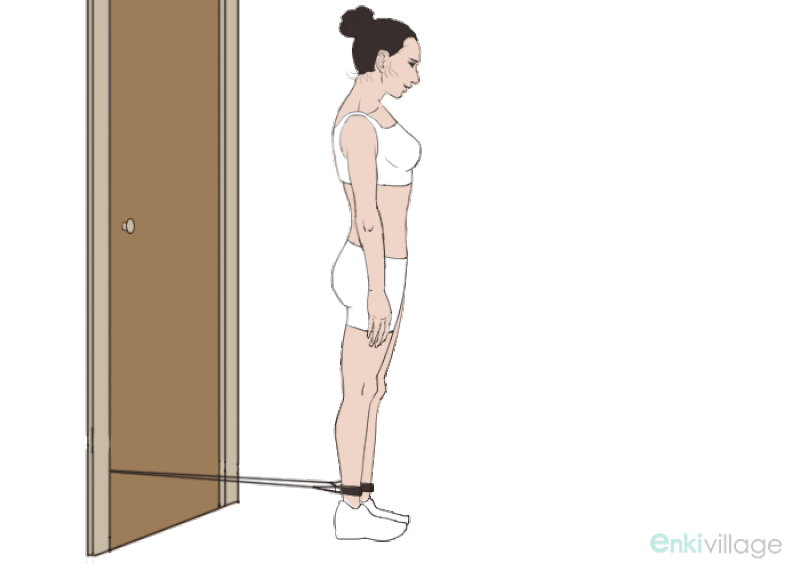
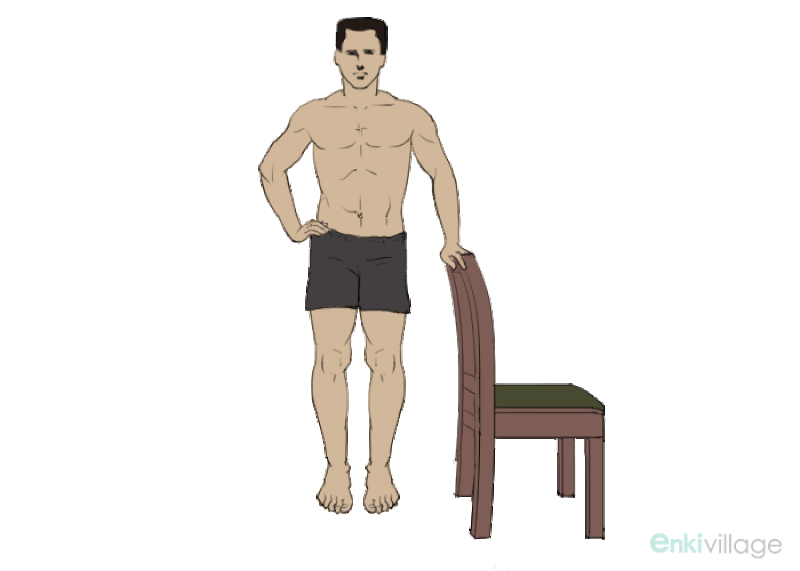

View All Comments /Add Comment